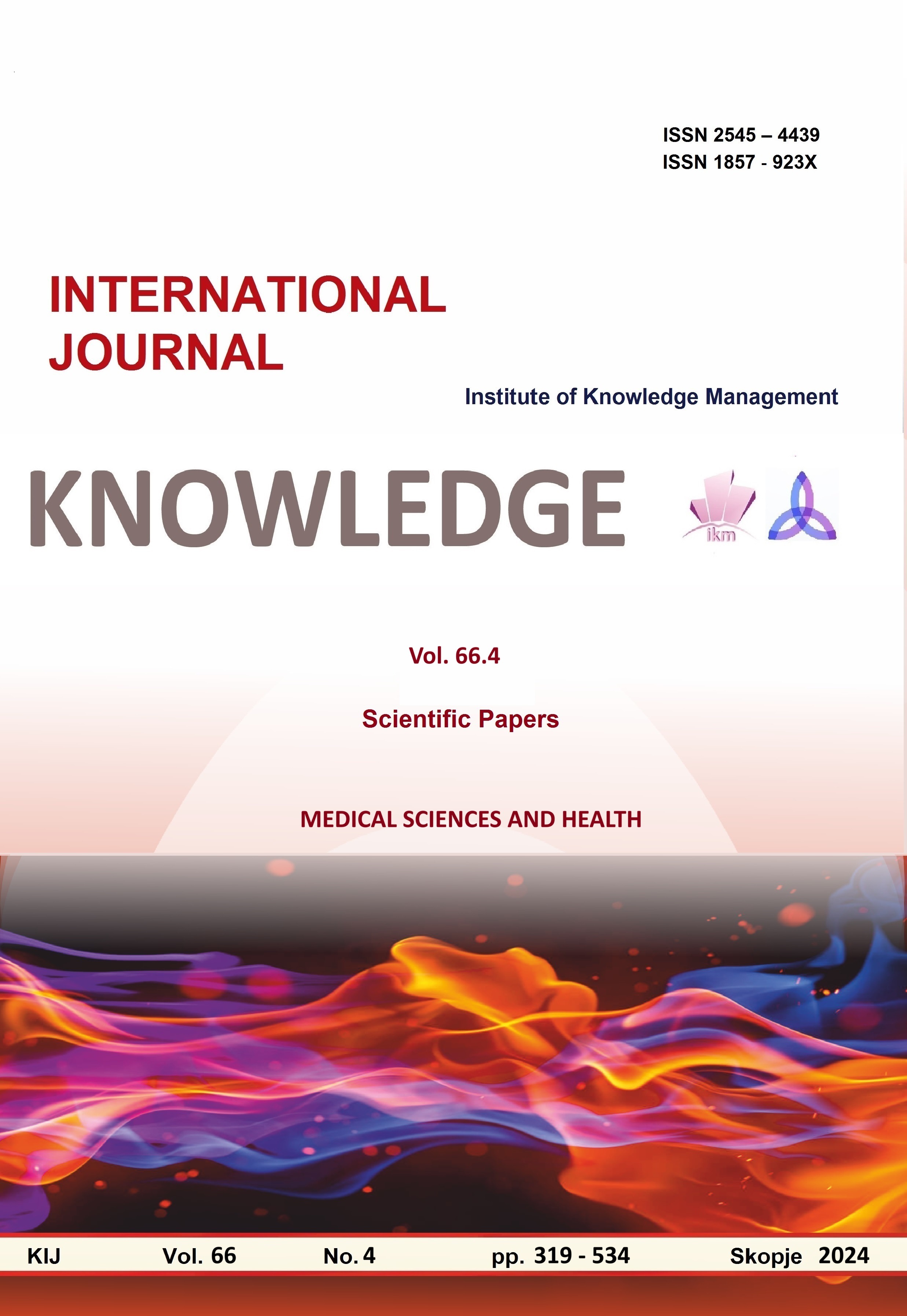PROCEDURALNA SEDACIJA I ANALGEZIJA KOD PACIJENTA SA PAROKSIZMALNOM NOĆNOM HEMOGLOBINURIJOM - PRIKAZ SLUČAJA
PROCEDURAL SEDATION AND ANALGESIA IN A PATIENT WITH PAROXYSMAL
NOCTURNAL HEMOGLOBINURIA - CASE REPORT
Author(s): Suzana StojanovićSubject(s): Social Sciences, Education
Published by: Scientific Institute of Management and Knowledge
Keywords: Procedural sedation and analgesia;paroxysmal nocturnal hemoglobinuria;endoscopy;chronic liver and kidney damage
Summary/Abstract: Procedural sedation is a technique involving the use of sedatives and dissociative drugs, with or without analgesics, to alter a patient’s level of consciousness, allowing them to tolerate uncomfortable procedures while preserving cardiovascular function. It is used for patients who cannot tolerate a planned examination. The goal is to provide conditions for performing a therapeutic or diagnostic procedure while maintaining spontaneous breathing, protective airway reflexes, and hemodynamic stability, and without causing anxiety or pain. Procedural sedation is performed at the site of the diagnostic procedure, requiring appropriate monitoring of vital parameters and an experienced anesthesiologist. Sedatives, analgesics, and short-acting anesthetics are used, allowing for safe execution and early patient discharge with non-invasive monitoring. According to the American Society of Anesthesiologists (ASA), there are four levels of sedation, and moderate sedation is usually sufficient for endoscopic procedures. The level of sedation can be assessed clinically using a sedation scale or BIS (Bispectral Index), with BIS being significantly superior to the scale. Paroxysmal nocturnal hemoglobinuria (PNH) is a rare hematological disorder (occurring in 1-2 patients per 1,000,000 inhabitants) characterized by premature and excessive destruction of red blood cells in circulation, caused by the complement system, which is part of the body's immune system. This occurs because, in PNH, there is a mutation in hematopoietic stem cells in the bone marrow, resulting in blood cells (erythrocytes, leukocytes, and platelets) lacking certain protective proteins (CD 55 and CD 59) on their surface, making them highly susceptible to destruction in the bloodstream, i.e., hemolysis by complement. PNH progressively damages the kidneys, liver, and heart, significantly affecting the overall health of the patient. Laboratory tests show signs of hemolysis: elevated levels of lactate dehydrogenase (LDH), decreased erythrocyte and platelet counts, reduced hemoglobin levels, and increased bilirubin levels. Frequently, elevated urea and creatinine levels are observed due to secondary kidney failure resulting from frequent hemolysis. Patients often receive corticosteroids to reduce hemolysis, leading to iatrogenic Cushing syndrome. A 63-year-old patient presented with black stools and pronounced fatigue. He was referred to a gastroenterology clinic where a rectal examination confirmed the presence of melena, and a blood test indicated anemia, leading to the indication for esophagogastroduodenoscopy (EGDS) under analgesosedation. The patient has paroxysmal nocturnal hemoglobinuria, which significantly impairs kidney function as well as liver function. Analgesosedation in an outpatient setting was safely performed using fentanyl and propofol despite existing anemia, chronic kidney insufficiency, liver damage, and iatrogenic Cushing syndrome resulting from prolonged corticosteroid therapy for hemolytic anemia.
Journal: Knowledge - International Journal
- Issue Year: 66/2024
- Issue No: 4
- Page Range: 387-391
- Page Count: 5
- Language: Serbian

